 Department of Chemistry
Department of Chemistry
-
About
-
Research
-
Academics
-
People
-
Board
Seminar
Seminar
-
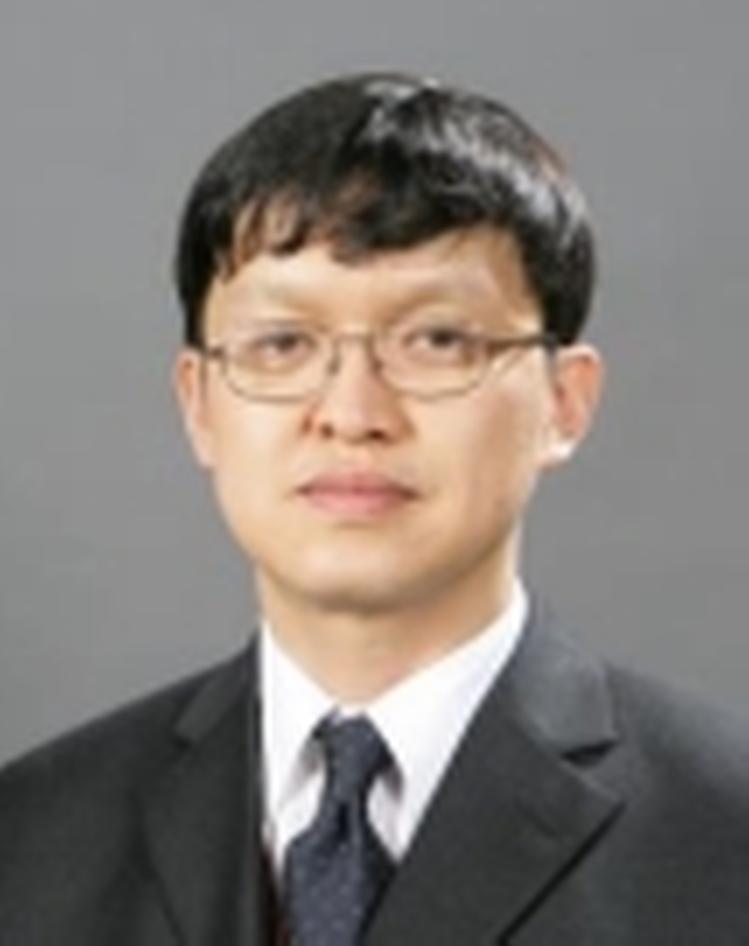
Pd-catalyzed Asymmetric Hydrofunctonalization of Alkoxyallene: Evolution into de novo Glycosidic Bond Formation(취소)
 2022년 11월 10일(목) 오후 4시 30분
2022년 11월 10일(목) 오후 4시 30분 330226호실
330226호실
- POSTED DATE : 2022-11-03
- WRITER : 화학과
- HIT : 2303
-

Electron-Induced Reorganization of Coordination Complexes to Promote Electrocatalytic H2 Evolution and CO2 Reduction
 2022년 11월 3일(목) 오후 4시 30분
2022년 11월 3일(목) 오후 4시 30분 330226호실
330226호실
- POSTED DATE : 2022-11-03
- WRITER : 화학과
- HIT : 2239
-
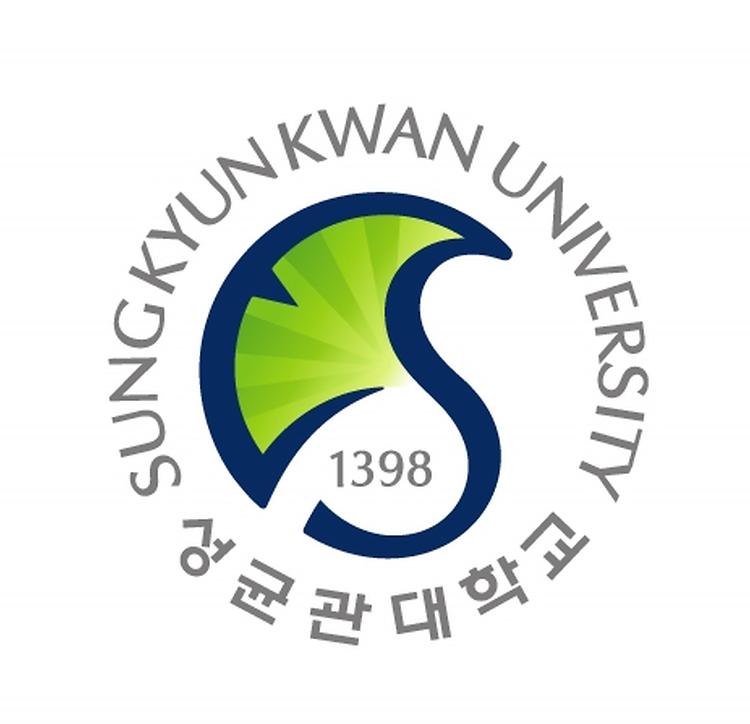
Materials and Interface Engineering for Membrane-Electrode-Assembly from Hydrogen Fuel Cell to Water Electrolyzer
 2022년 10월 27일(목) 오후 4시 30분
2022년 10월 27일(목) 오후 4시 30분 330226호실
330226호실
- POSTED DATE : 2022-10-26
- WRITER : 화학과
- HIT : 2214
-
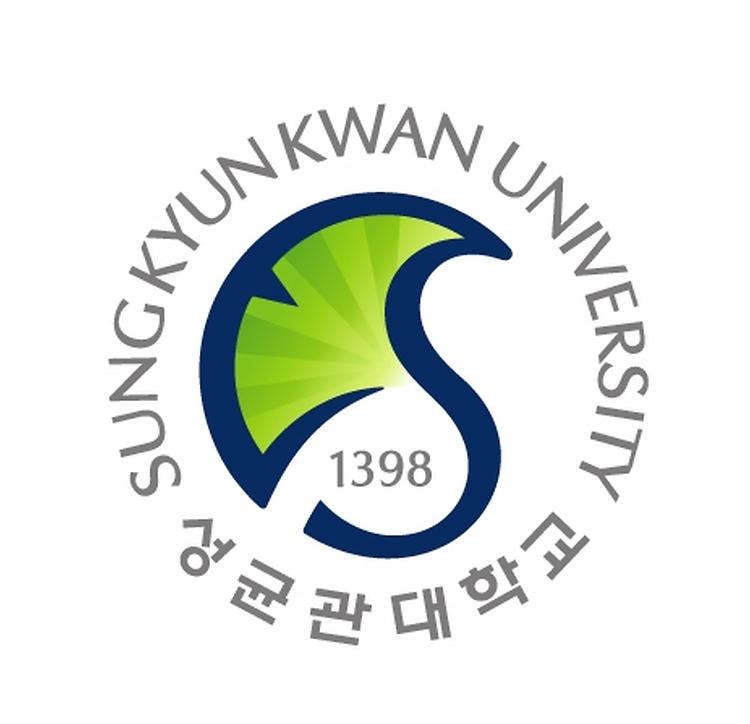
Catalytic Functionalization of Nitrogen Compounds: From Selective C–H Amination to Photocatalytic Ammonia Synthesis
 2022년 10월 13일(목) 오후 4시 30분
2022년 10월 13일(목) 오후 4시 30분 330226호실
330226호실
- POSTED DATE : 2022-10-11
- WRITER : 화학과
- HIT : 2713
-
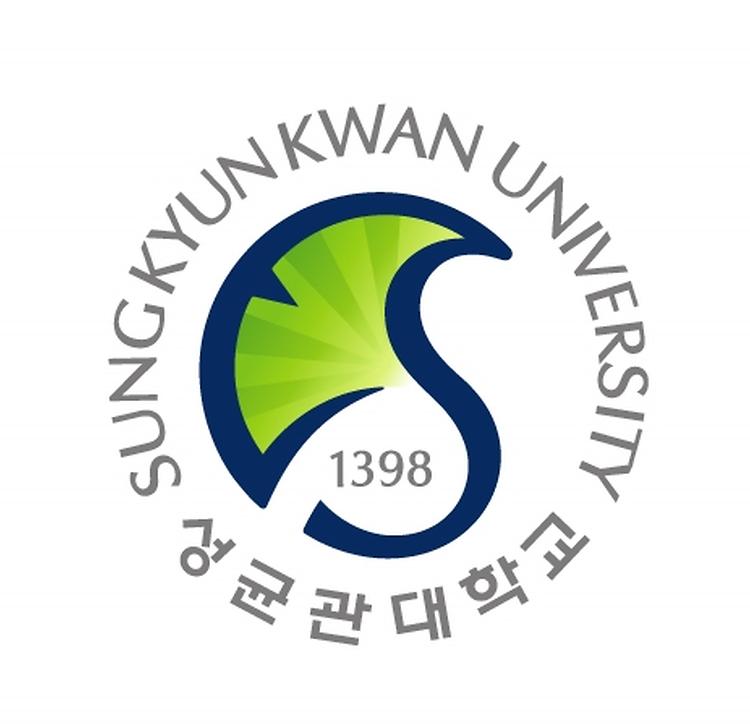
Challenging Organic and Medicinal Chemistry with Creative and Convergence Research
 2022년 10월 11일(화) 오후 4시 30분
2022년 10월 11일(화) 오후 4시 30분 330118호실
330118호실
- POSTED DATE : 2022-10-11
- WRITER : 화학과
- HIT : 2193
-
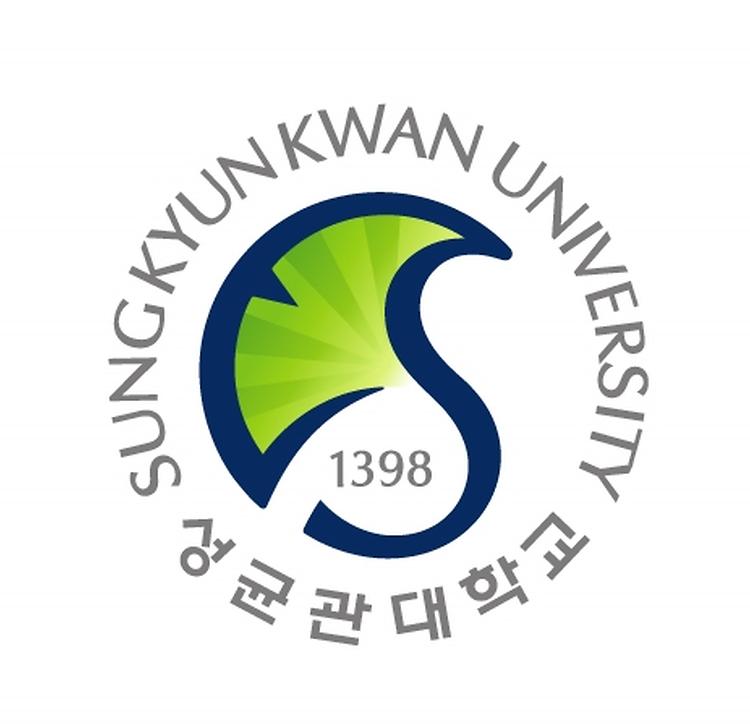
When Art and Science Meet (Flow Chemistry를 활용한 Risk Process 적용)
 2022년 10월 7일(금) 오후 4시
2022년 10월 7일(금) 오후 4시 화학관 2층 330226호실
화학관 2층 330226호실
- POSTED DATE : 2022-09-30
- WRITER : 화학과
- HIT : 2228
-
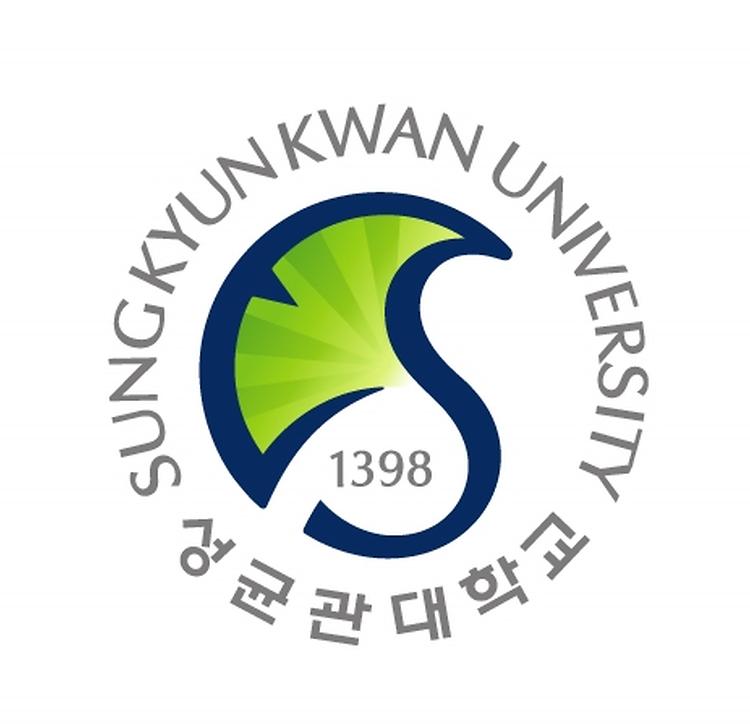
Neutrophil Dysfunction in Pulmonary Post-Acute Sequelae of SARS CoV-2 infection (PASC)
 2022년 10월 6일(목) 오후 4시 30분
2022년 10월 6일(목) 오후 4시 30분 화학관 2층 330226호실/Webex
화학관 2층 330226호실/Webex
- POSTED DATE : 2022-09-30
- WRITER : 화학과
- HIT : 2176
-

Bismuth Redox Catalysis
 2022년 9월 29일(목) 오후 4시 30분
2022년 9월 29일(목) 오후 4시 30분 Webex
Webex
- POSTED DATE : 2022-09-22
- WRITER : 화학과
- HIT : 2544
-
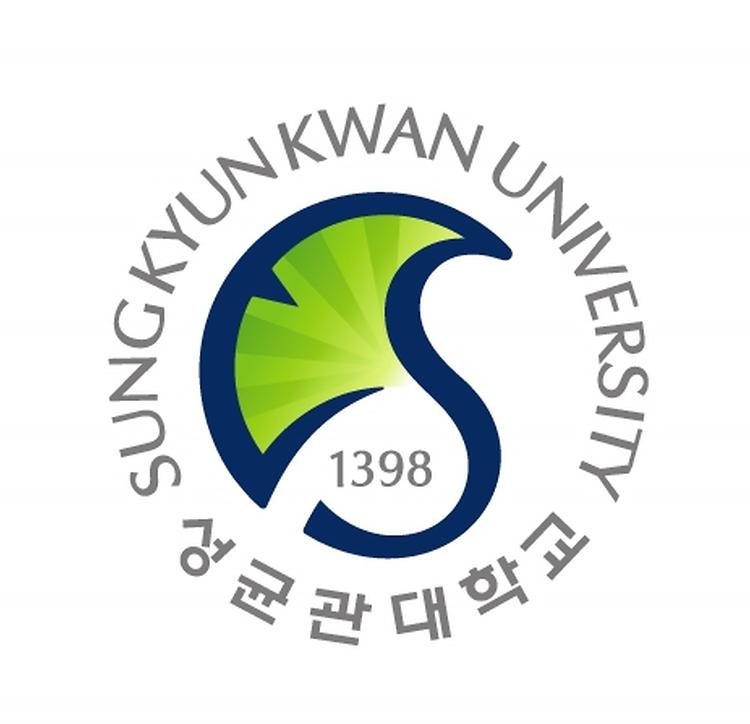
High-Performance Receptonics as NanoBio Sensors
 2022년 9월 22일(목) 오후 4시 30분
2022년 9월 22일(목) 오후 4시 30분 330226호실
330226호실
- POSTED DATE : 2022-09-20
- WRITER : 화학과
- HIT : 2264
-
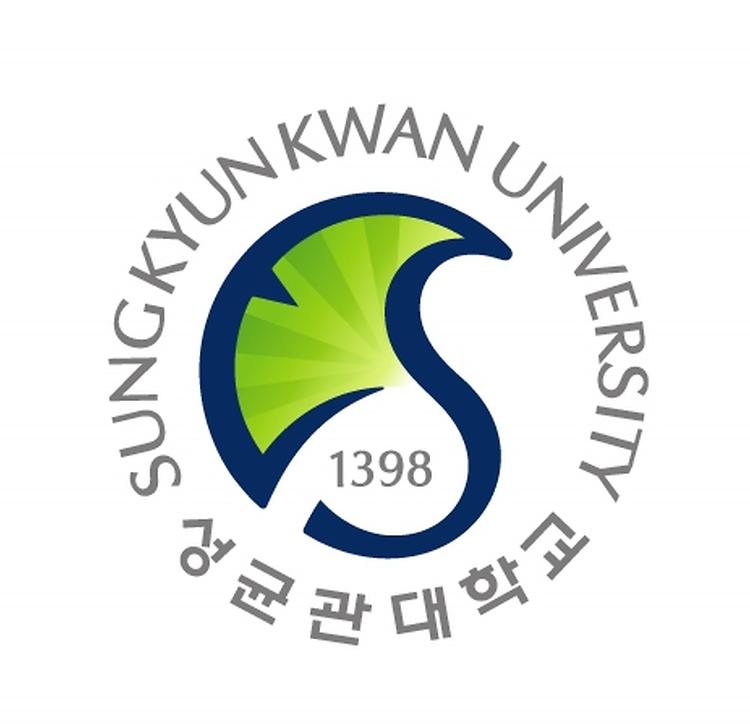
Introduction of solid-state NMR and its application on polyanion based cathode materials for Li-ion battery
 2022년 9월 15일(목) 오후 4시 30분
2022년 9월 15일(목) 오후 4시 30분 330226호실
330226호실
- POSTED DATE : 2022-09-08
- WRITER : 화학과
- HIT : 2252
 발전기금
발전기금



